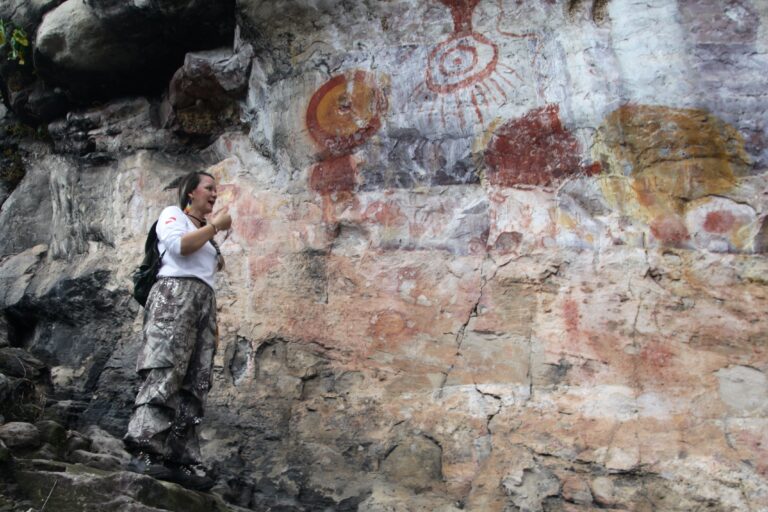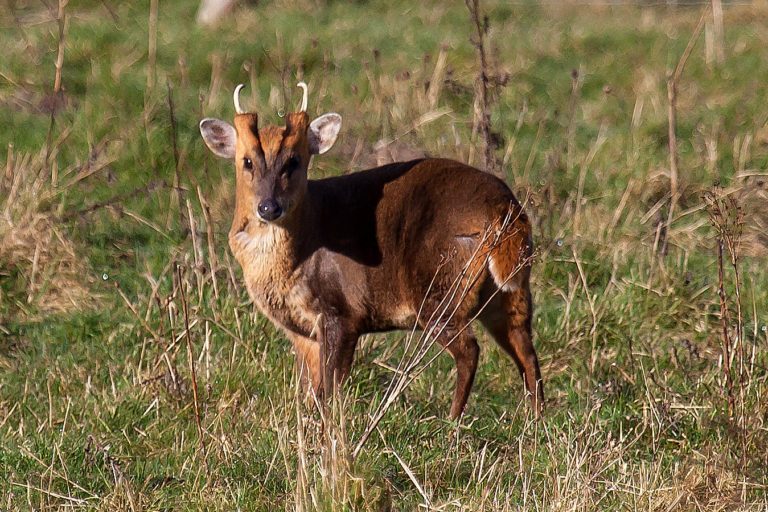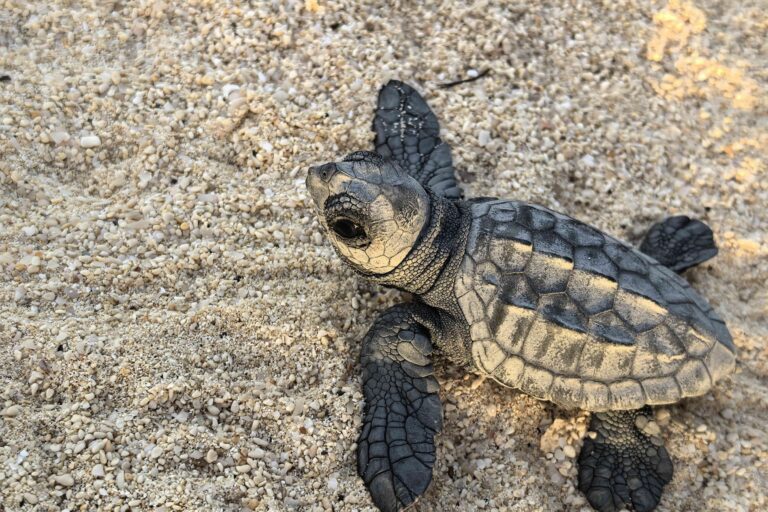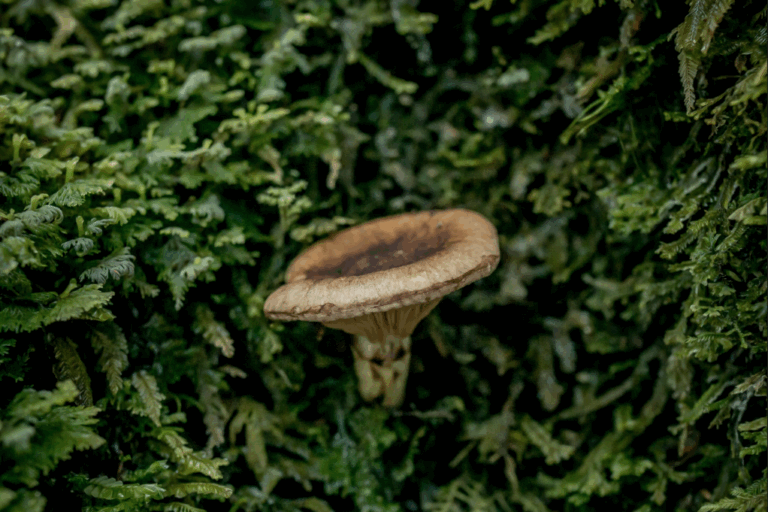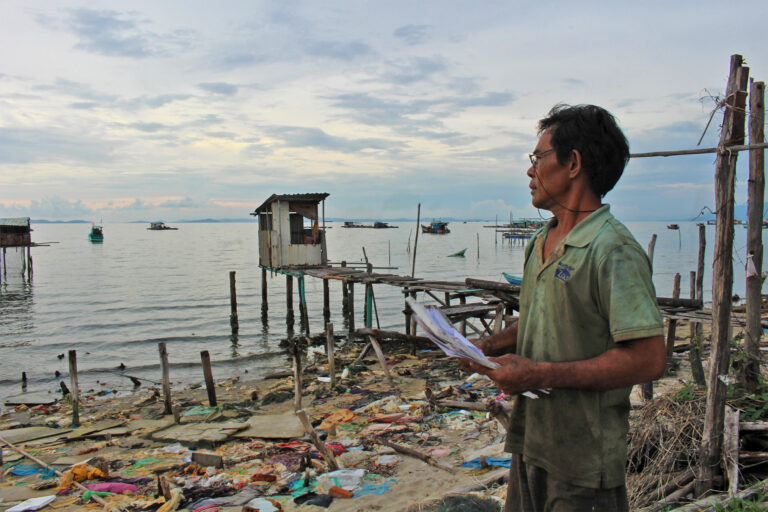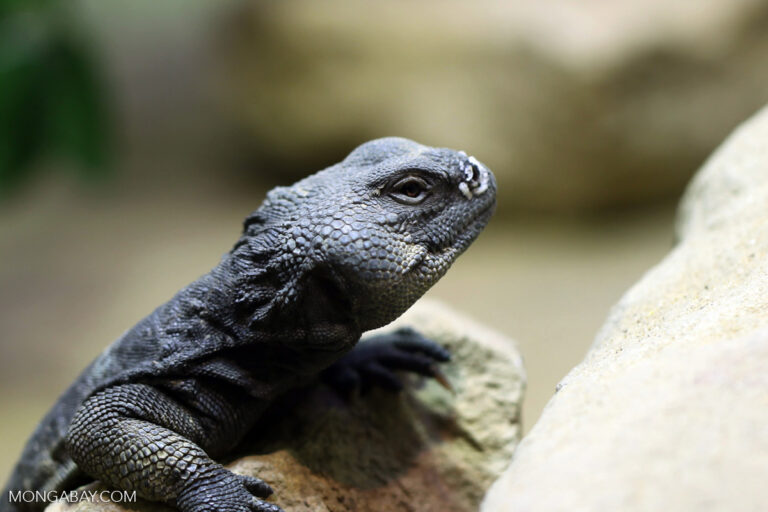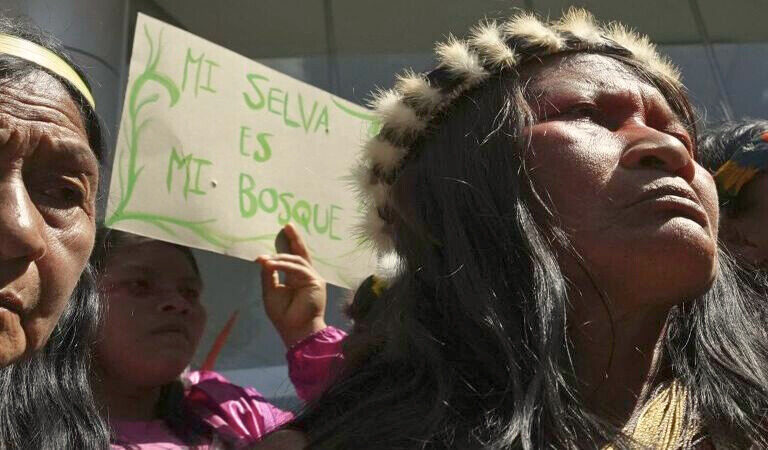- A newly discovered snake in Takengon, in the highlands of Aceh province, was named for one of Indonesia’s few herpetologists.
- The snake is non-venomous, but it mimics the characteristics of its venomous cousins as a survival technique.
- The other creature, a lizard, inhabits the forests along central Sumatra’s western coast.
BOGOR, Indonesia — Scientists have discovered two new reptiles in the jungles of Sumatra island — home to the nation’s highest deforestation rate.
Lycodon sidiki has become the seventh species endemic to the Sunda Shelf — a biogeographical term that encompasses most of Southeast Asia — in the largest family of snakes, Colubridae, according to an article in the June edition of Herpetologica.
The snake can be found in the forested highlands of Takengon in Aceh province. It has rough back scales from raised ridges, a banded abdomen and no scale in front of its eyes.
“This snake is non-venomous, but it mimics the characters and behaviors of venomous species as its survival technique,” said Amir Hamidy, a herpetologist from the Indonesian Institute of Sciences (LIPI) who was involved in the research.
The scientists named the snake in honor of Irvan Sidik, one of Indonesia’s few herpetologists. Sidik was also involved the recent creation of a new genus of tree-dwelling toad in the country.

The journal also reported the first cataloging of Pseudocalotes baliomus, a lizard in the forests along central Sumatra’s western coast. It has slightly enlarged, heavily keeled scales along its flanks, a white spot on its shoulder blade and a relatively long fifth toe.
The lizard’s name is derived from a Greek word and refers to its white shoulder blotches. It was first actualy first discovered by Dutch colonial officer Salomon Mullerin the 1830s, but it was only identified after the researchers collected samples in 2013, Hamidy said.
The team — composed of scientists from Boward College, Brawijaya University the University of Texas at Arlington in 2013-2016 — will ask the International Union for Conservation of Nature (IUCN) to include the two species in its Red List of Threatened Species.

Scientists believe more than 80 percent of the world’s species remain undiscovered. Identifying them contributes to an “understanding of the ecological and evolutionary processes which created, and which are struggling to maintain, the diverse biological riches we are heir to,” wrote Robert M. May, a zoologist at the University of Oxford.
“Without this knowledge, we cannot even begin to answer questions such as how much diversity we can lose while still maintaining the ecosystem services that humanity depends upon,” he added.
In 2012, Sumatra contributed almost half of Indonesia’s primary forest loss of 840,000 hectares (3,243 square miles) — now greater than that of Brazil, previously the highest in the world. Another report estimated that Sumatra lost 7.5 million hectares of forest between 1990 and 2010, mostly due to logging.
Banner image: Lycodon sidiki, the newly discovered snake in the highlands of Indonesia’s Aceh province. Photo via the journal Zootaxa.
This story was reported by Mongabay’s Indonesia team and was first published on our Indonesian site on June 25, 2017.
FEEDBACK: Use this form to send a message to the author of this post. If you want to post a public comment, you can do that at the bottom of the page.







